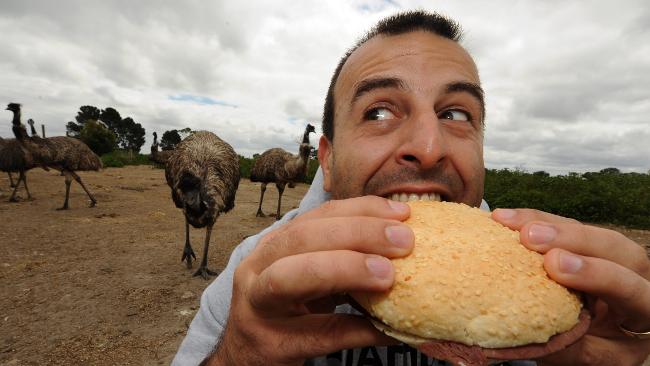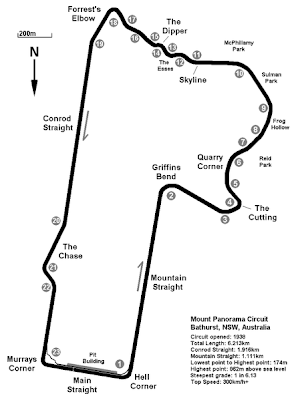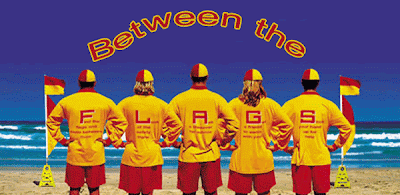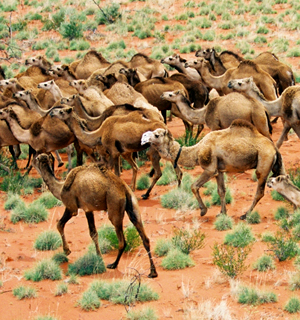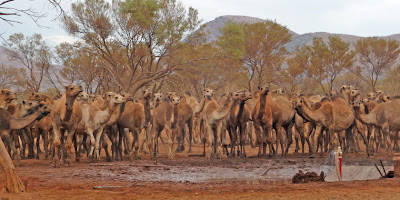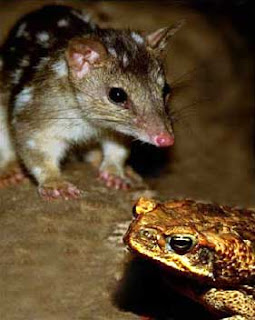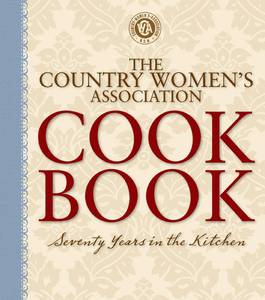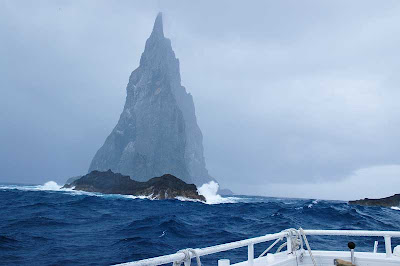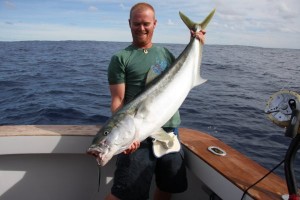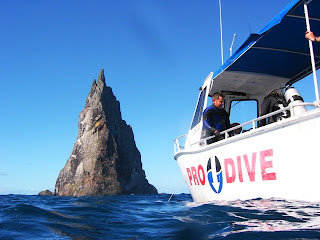Vegemite is an Australian food, but over the years it has come to be known as an Australian icon.
Vegemite can be found in 90 percent of all Australian households, resulting in 22 million jars of Vegemite being produced each year,(2 years ago they produced their 1Billionth jar).
Vegemite is made from used brewers' yeast extract, a by-product of beer manufacturing, and various vegetable and spice additives. It is salty, slightly bitter, and umami or malty — similar to beef bouillon. The texture is smooth and sticky. It is not as intensely flavoured as British Marmite and it is less sweet than the New Zealand version of Marmite.
Vegemite was invented in 1922 by food technologist Dr. Cyril P. Callister when, following the disruption of British Marmite imports after World War I, his employer, the Australian company Fred Walker & Co., gave him the task of developing a spread from the used yeast being dumped by breweries. Callister had been hired by the chairman Fred Walker. Vegemite was registered as a trademark in Australia that same year. The registration was later transferred to Kraft, a US multinational, which has maintained an interest in Vegemite since 1925.
The best way of eating Vegemite is on toasted bread with one layer of butter or margarine before spreading a thin layer of Vegemite. A Vegemite sandwich may consist of two slices of buttered bread, Vegemite, cheese and lettuce, but other ingredients such as avocado and tomato can be added as well.
Move over global mega brands Coca-Cola, Nike and Starbucks, when it comes to worldwide online users searching brand names and commenting on brand appeal, Vegemite tops the lot.
VEGEMITE SONG
We're happy little Vegemites
As bright as bright can be.
We all enjoy our Vegemite
For breakfast, lunch, and tea.
Our mummies say we're growing stronger
Every single week,
Because we love our Vegemite
We all adore our Vegemite
It puts a rose in every cheek.
